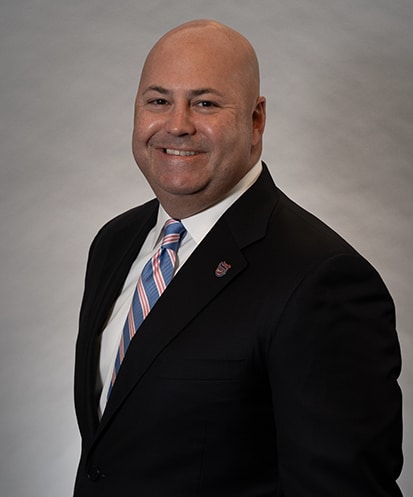Killer Drug Fentanyl is Fueling the Opioid Epidemic Death Rate
 U.S. Food and Drug Administration (FDA) in 1998 to treat cancer breakthrough pain, but with additional safety measures. The dangerous drug was prescribed and dispensed in the form of transdermal patches and lozenges. Today, however, many of the cases of fentanyl-related injuries may be attributed to counterfeit fentanyl, which is sold on the black market and mixed with other illicit drugs (such as heroin and cocaine), because they add a powerfully euphoric effect.
U.S. Food and Drug Administration (FDA) in 1998 to treat cancer breakthrough pain, but with additional safety measures. The dangerous drug was prescribed and dispensed in the form of transdermal patches and lozenges. Today, however, many of the cases of fentanyl-related injuries may be attributed to counterfeit fentanyl, which is sold on the black market and mixed with other illicit drugs (such as heroin and cocaine), because they add a powerfully euphoric effect.
Pop singer Prince died of an accidental overdose last year because the opioid pain pills that he was taking contained fentanyl according to a story on CNN. The U.S. Centers for Disease Control and Prevention (CDC) reports that overdose deaths from synthetic opioids including fentanyl increased by 72% between 2014 and 2015, and approximately 9,500 people died from overdoses in 2015. In 2016, the CDC reported that deaths from opioid overdoses exceeded those for gun homicides. The U.S. Drug Enforcement Authority (DEA) issued an alert on fentanyl as a threat to health and public safety.
Prescription fentanyl is dangerous, too
Fentanyl is the synthetic opioid pain reliever that is 50 to 100 times more potent than morphine. It is also a much faster-acting drug, as it can permeate the blood-brain barrier more easily than other opioids, so the person taking the drug feels the effect faster and more intensely than other opioids. However, it is this same quality that makes fentanyl so dangerous. Because it can so quickly pass through the blood-brain barrier, it is also much easier to overdose on the drug.
Duragesic is the trade name for the transdermal fentanyl patch which was approved by the FDA, but was only to be used by people who were already taking an opioid pain medication, which gave their bodies a tolerance for opioids. In people who were not already taking the pain killers, the patches could cause overdose and death. There were multiple lawsuits as a result of accidental overdoses caused by defective fentanyl patches that leaked too much of the drug into the skin. Manufacturers of the Duragesic fentanyl patches recalled thousands of the products, and the FDA has posted safety warnings and required manufacturers to change the color of the patches; this make them easier to see, and prevents accidental exposure to other adults, children and pets.
Fentanyl patches along with any other opioid pain medication should be stored in a secure location where others–especially children can’t see them or get their hands on them because it can cause death just from being handled. Unused patches may be disposed of through your local city or town’s medicine take-back program. You can visit the DEA website for information about these events.
For more information about defective drugs, please contact Paulson & Nace, PLLC through this contact form or by calling 202-463-1999.

Christopher T. Nace works in all practice areas of the firm, including medical malpractice, birth injury, drug and product liability, motor vehicle accidents, wrongful death, and other negligence and personal injury matters.
Read more about Christopher T. Nace.
